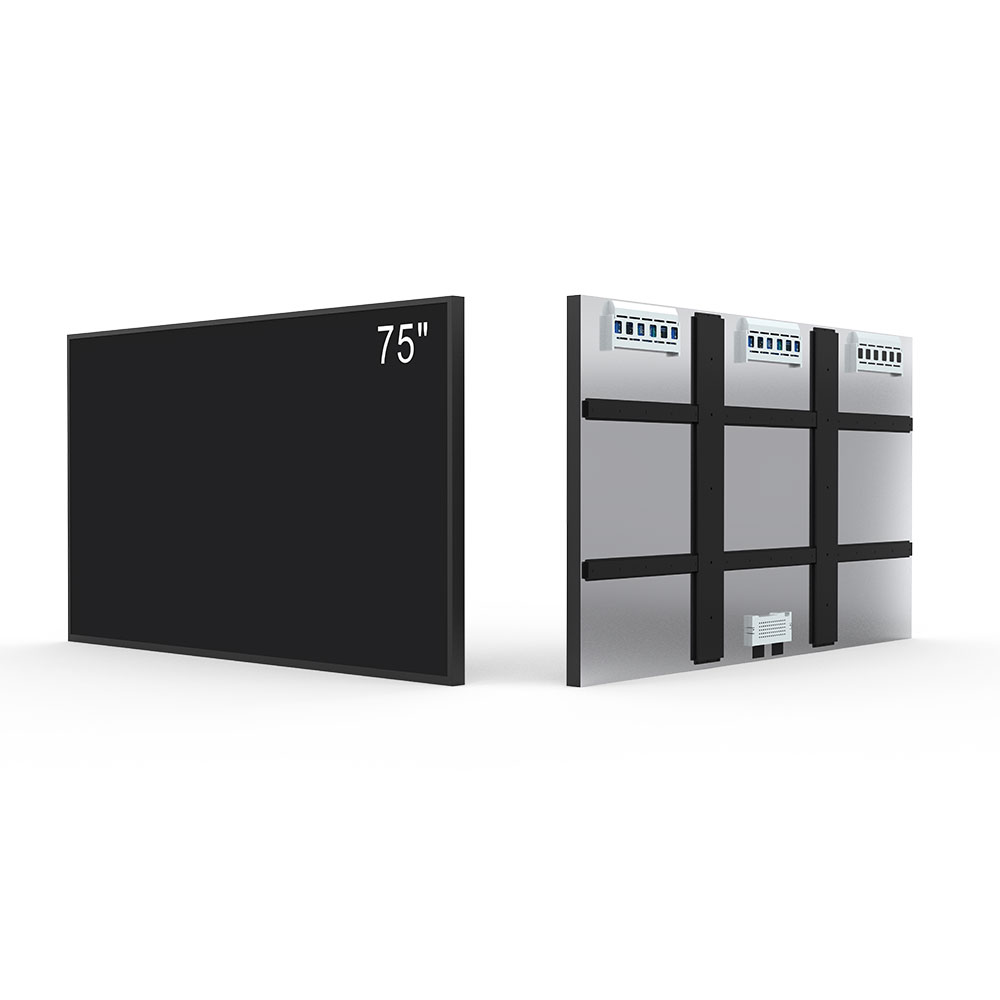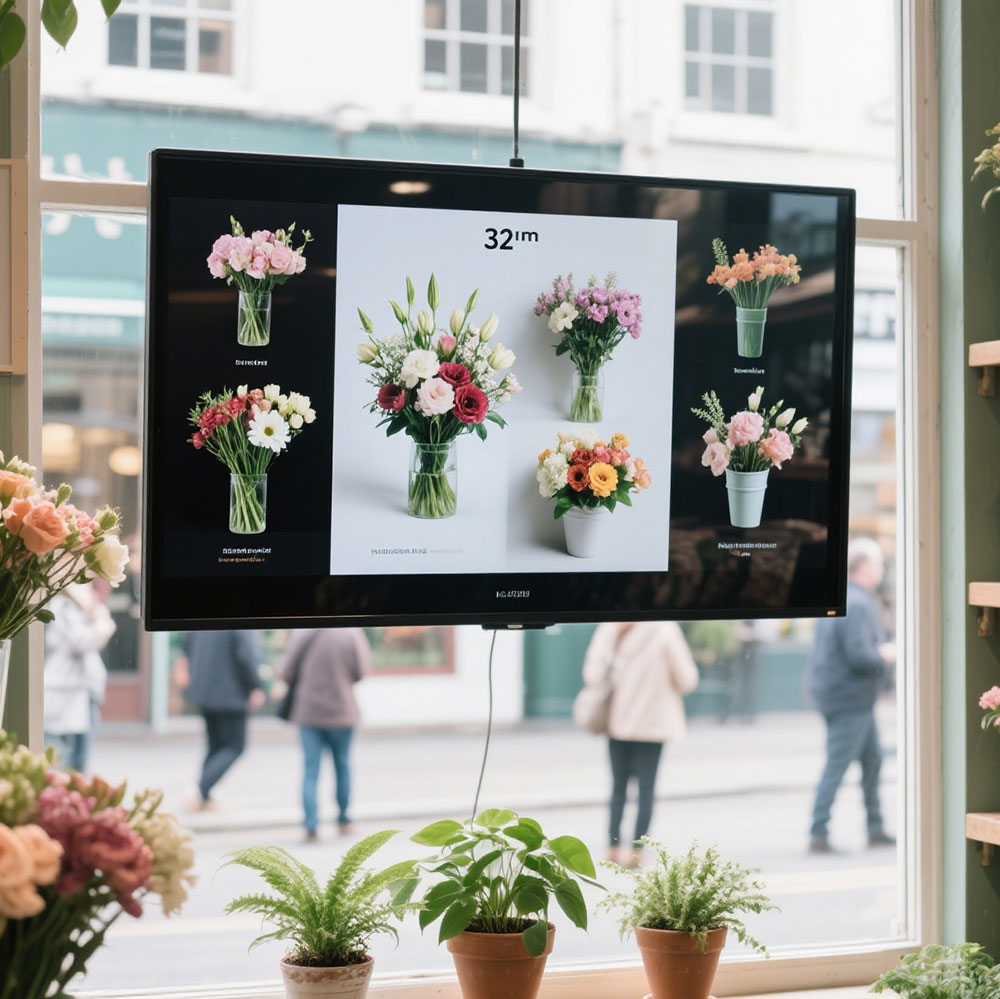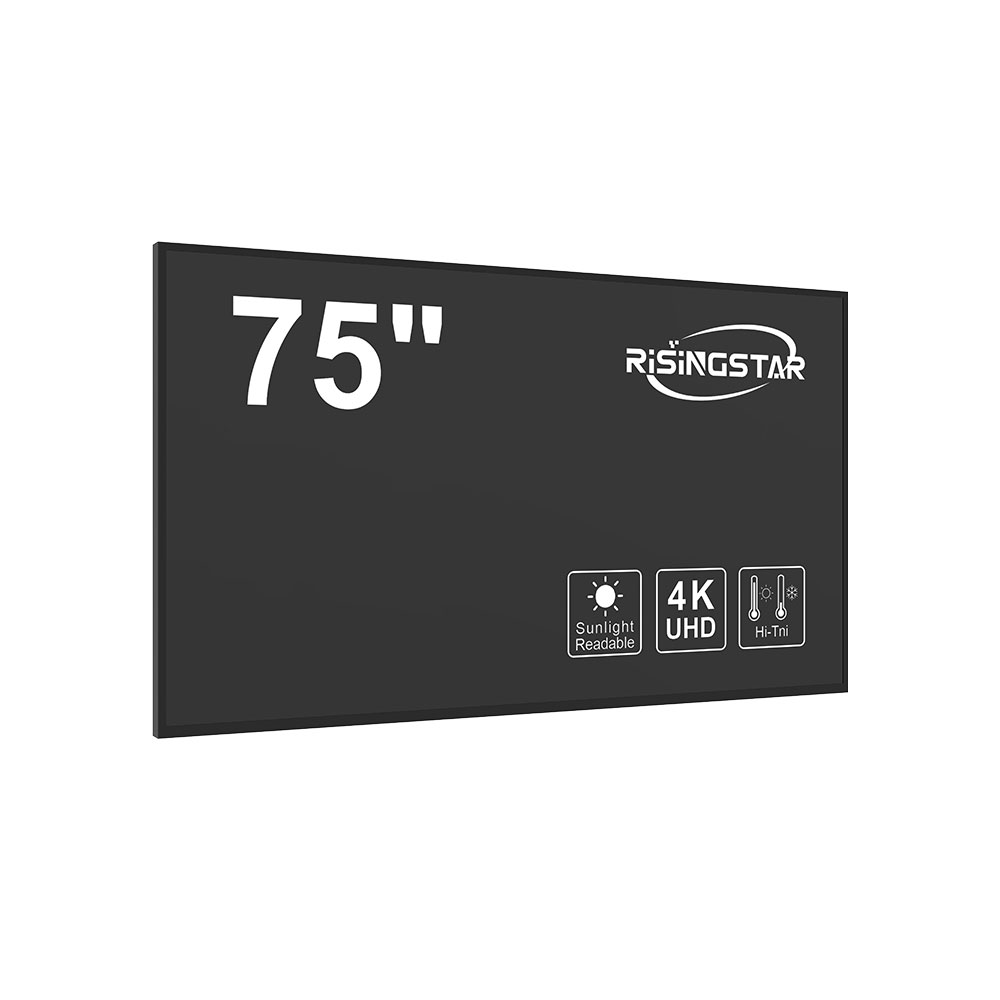When selecting an outdoor LCD screen for commercial, public, or industrial use, it’s critical to prioritize both visibility under varying lighting conditions and long-term durability against environmental stressors. These screens are not just displays—they’re mission-critical tools in environments like transportation hubs, retail facades, sports stadiums, and construction sites.
Brightness and Contrast Ratio: The Foundation of Outdoor Performance

The most crucial factor in outdoor LCD performance is brightness, typically measured in nits. For direct sunlight exposure, a minimum of 5,000 nits is recommended—industry standards from the Society of Information Display (SID) confirm that 3,000–5,000 nits are adequate for shaded areas, while 5,000+ nits are essential for full sun. High contrast ratios (e.g., 4,000:1 or higher) ensure sharp image clarity even when ambient light fluctuates. Brands like LG, Samsung, and Leyard have published test data showing their outdoor-grade panels maintain consistent color accuracy at 6,000 nits without significant degradation over 50,000 hours of operation.
Environmental Protection: IP65 Rating and Beyond

Outdoor screens must resist dust, water, and temperature extremes. A minimum IP65 rating (dust-tight and protected against water jets) is non-negotiable. In extreme climates like Dubai or northern Canada, additional thermal management features—such as active cooling fans or heat sinks—are required to prevent overheating or freezing. According to UL 1973 standards for outdoor electronic enclosures, proper ventilation and sealed internal components significantly extend lifespan. Case studies from Tokyo Metro’s digital signage system show that IP67-rated units with dual-layer glass survived 8 years of monsoon exposure with zero maintenance.
Display Technology: LED-backlit vs. OLED

LED-backlit LCDs remain the gold standard for outdoor applications due to superior brightness, energy efficiency, and cost-effectiveness. OLEDs, though offering better black levels, suffer from burn-in risks and lower peak brightness—making them unsuitable for prolonged sunlight exposure. Industry benchmarks from the International Electrotechnical Commission (IEC) support this, noting that LED-backlit displays outperform OLEDs in luminance stability over time under UV radiation.
Mounting and Structural Integrity
A screen’s physical installation affects its longevity. Aluminum alloy frames with corrosion-resistant coatings (per ASTM B117 salt spray testing) are preferred. Mounting solutions must withstand wind loads up to 120 km/h (per ASCE 7-22), especially in coastal regions. Real-world examples include New York City’s Times Square installations, where reinforced steel brackets reduced panel movement by 90% compared to standard mounts.
Maintenance and Remote Monitoring
Modern outdoor LCD systems integrate IoT-enabled diagnostics. Features like remote brightness adjustment, automatic power-saving modes, and predictive failure alerts (via cloud-based platforms like Siemens MindSphere) reduce downtime. A 2023 report by Frost & Sullivan found that such smart monitoring cut annual maintenance costs by 40% across 150 global deployments.
In conclusion, choosing the right outdoor LCD requires balancing technical specs (brightness, contrast, protection ratings) with real-world application demands. Always consult manufacturer datasheets, reference third-party lab tests, and validate performance claims through field trials before deployment.







